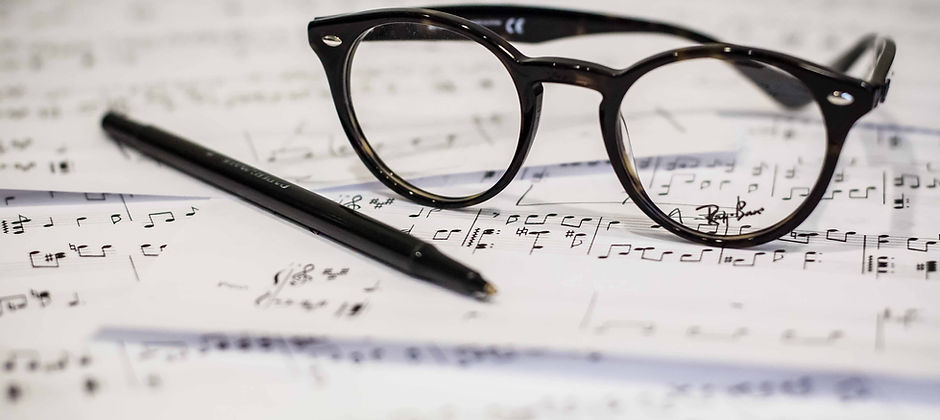

IN SEARCH OF POETIC UNDERSTANDING
A study of the interpretation approach and methods of Pnina Salzman and Alfred Cortot
/ Inbar Rothschild, ongoing doctoral research at the Royal Academy of Music
The art of interpretation is probably one of the most elusive individual components of performance practice, one that, albeit the purpose of many searches, can rarely be systematically defined, documented or studied. According to Salzman and Cortot, the interpreter’s role was to discover, illuminate, recreate and transmit the same intense emotions of passion, pleasure, ecstasy and pain that the great composers breathed into the music they wrote. Researching each piece from background to structure and musical features, Cortot and Salzman sought to capture the expressive essence of the music and gain a deeper understanding of its intended atmosphere, character and interpretation – the meaning beyond the notes. In their teaching, this “holistic” musical perception was then expressed by a unique poetic language, using colourful metaphorical imagery and ideas which were entwined throughout their music-making – leading every technical and musical choice, enriching their toolbox with infinite fascinating possibilities, reinforcing their personal vision and bringing it to life.
The goal of my research in the Royal Academy of Music is to explore and capture my musical heritage and trace its unique qualities. My methods involve collecting and preserving rare materials from private journals, scores, masterclasses and interviews of Salzman and Cortot, as well as testimonies and physical notes provided by pupils and colleagues, and presenting them through my own individual perspective and experience as a pupil of the tradition. Drawing inspiration from Cortot's and Salzman's teachings, I hope to pass on their approach, not only by documenting and analysing it, but also by reliving and implementing its ideals, from conception to execution, and demonstrating how we may benefit from them in the present day.

HOW MUSIC TOUCHES
Musical parameters and listeners’ audio-tactile metaphorical mappings
/ Inbar Rothschild & Zohar Eitan, ICMPC 10 (2008), Psychology of Music (2010/11)
Though the relationship of touch and sound is central to music performance, and audio-tactile metaphors are pertinent to musical discourse, few empirical studies have investigated systematically how musical parameters such as pitch height, loudness, timbre and their interactions affect auditory–tactile metaphorical mappings. In this study, originally conducted in 2008, forty participants (half of whom musically trained) rated the appropriateness of six dichotomous tactile metaphors (sharp–blunt, smooth–rough, soft–hard, light–heavy, warm–cold and wet–dry) for 20 sounds varying in pitch height, loudness, instrumental timbre (violin vs. flute) and vibrato. Results suggest that tactile metaphors are strongly associated with all musical variables examined. For instance, higher pitches were rated as significantly sharper, rougher, harder, colder, drier and lighter than lower pitches. We consider several complementary accounts of the findings: psychophysical analogies between tactile and auditory sensory processing; experiential analogies, based on correlations between tactile/auditory qualities of sound sources in daily experience; and analogies based on abstract semantic dimensions, particularly potency and activity.

COMPOSERS-PERFORMERS
AND PERFORMERS AS COMPOSERS
Creation and Re-creation in Music
/ Inbar Rothschild, The Buchmann-Mehta School of Music, 2006/7
Presenting different facets of musical interpretation, this study set out to investigate the performance ideals of a few of the greatest composers, who were outstanding virtuosos in their own right, in comparison with a few of their most highly acclaimed interpreters in the 20th century. Focusing on four composers-pianists from different periods, approaches and styles, whose unique work as composers and as pianists changed the face of both Classical composition and piano playing (Bach, Beethoven, Chopin and Rachmaninoff), I researched their individual traditions and personal principles as performing artists through written testimonies of pupils and colleagues, as well as quotations of the composers themselves (for Rachmaninoff I was able to use an original recording, and provide a live music sample of a composer-performer). In order to discuss the principle of interpretation, I chose to examine one performer-interpreter who was commonly identified with each of the composers in question (*two in Bach's case), and wound up with a wide array of vastly different interpretative approaches: the 'authentic' Wanda Landowska and the 'individual' Glenn Gould (J. S. Bach); the 'scholarly' Artur Schnabel (Beethoven); the 'poetic' Alfred Cortot (Chopin); and the incomparable Vladimir Horowitz (Rachmaninoff) - each wonderful in its own unique way.







